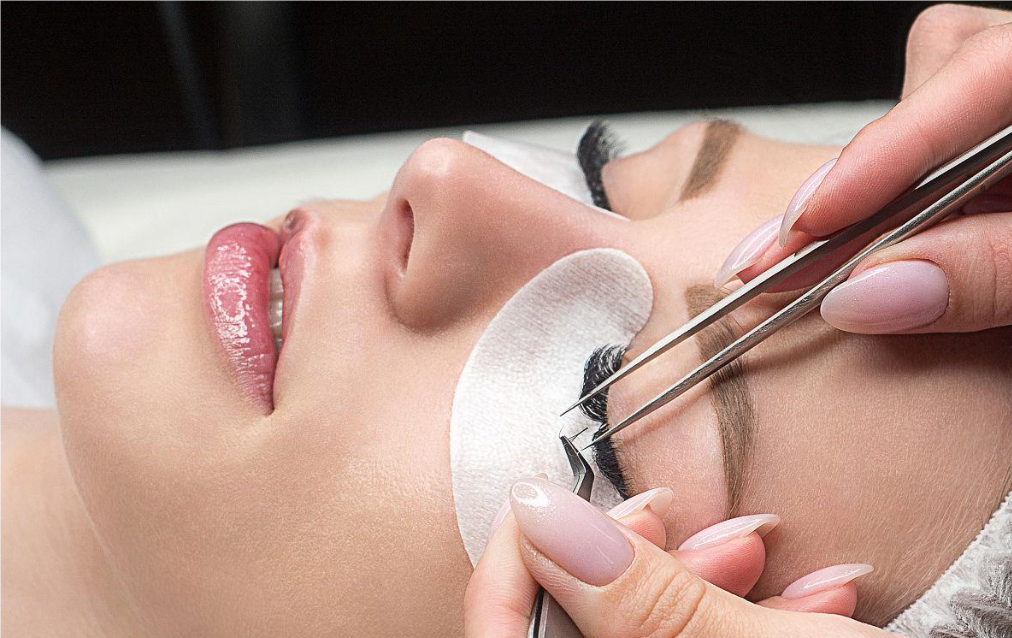The increasing use of UV light in beauty and medical treatments raises a crucial concern: its impact on eye health. Many are unaware of the risks associated with prolonged exposure, leading to potentially severe eye conditions. Understanding these side effects is essential, especially for professionals in the beauty industry.
UV light exposure can cause serious damage to the eyes, including corneal damage, cataracts, and macular degeneration. These conditions result from the eye’s structures aging due to UV exposure, leading to decreased vision over time. Additionally, the thin skin of the eyelids is particularly vulnerable to UV radiation, potentially causing further harm. Protecting your eyes from UV light is essential to prevent these chronic effects.
Given these risks, it’s vital to recognize the specific dangers UV light poses to our eyes and take preventive measures, especially in professional environments like beauty salons.

Can UV Light Damage Your Eyes?
Prolonged exposure to UV rays modifies the proteins in the lens of the eye, which can lead to the formation of cataracts and the worsening of eyesight. Cataracts can make vision blurry, hazy, or less colorful. Furthermore, UV exposure is linked to an increased risk of rare eye cancers, such as melanoma of the iris.
What Are the Symptoms of UV Light Exposure to the Eyes?
When the eyes are exposed to too much ultraviolet (UV) light, symptoms such as redness, pain, watering, and an undue sensitivity to light can occur. These effects often manifest after a delay of 6 to 12 hours following exposure to sources of UV light, like sun lamps, arc welding, or even tanning beds. In some cases, the vision may become blurred, and the eyelids may swell and redden.
What Happens If You Shine a UV Light in Your Eye?
Direct exposure to UV light can cause serious flash burns to the cornea, leading to severe pain and temporary vision loss. This condition, known as photokeratitis, is essentially a sunburn of the eyes and shares similar symptoms, including intense pain, redness, tearing, and a feeling of grit or sand in the eye. In severe cases, this can temporarily incapacitate the affected individual.
Can You Reverse UV Damage to Eyes?
Unfortunately, damage to the eyes from UV light exposure is not easily reversible. While minor trauma to the eye caused by physical injury can heal with proper treatment, UV-induced damage such as cataracts typically requires surgical intervention. More severe conditions, such as macular degeneration, may lead to permanent vision loss, making early prevention and protection vital.

How to Protect Eyes from UV Light Exposure
Given the potential dangers, it’s essential to take protective measures against UV light exposure. In professional environments, particularly in beauty salons, wearing protective eyewear is crucial. This is especially important for workers who are frequently exposed to UV light sources such as UV curing lamps. Ensuring that these UV lamps are of high quality and certified can also help minimize the risk of eye damage.
Symptoms of UV Lash Light Exposure to Eyes
Recognizing the symptoms of UV light exposure is key to preventing long-term damage. Symptoms may range from mild discomfort to severe pain and visual impairment. If you experience any of the symptoms mentioned earlier, it’s important to seek medical attention promptly to avoid further complications.
Treatment Options for UV Light Exposure
Treatment for UV-induced eye conditions varies depending on the severity of the exposure. Immediate first aid, such as rinsing the eyes with clean water and resting in a darkened room, can alleviate mild symptoms. For more severe cases, medical intervention may be necessary. For instance, cataracts can be treated through surgery, and other conditions might require specialized care.
The Importance of Quality in UV Lamps
In professional settings, such as beauty salons, using high-quality, certified UV lamps is essential for ensuring the safety of both workers and clients. Investing in well-designed UV lamps that meet safety standards can significantly reduce the risk of eye damage. It also helps in maintaining a safe working environment, which is crucial for long-term business success.



